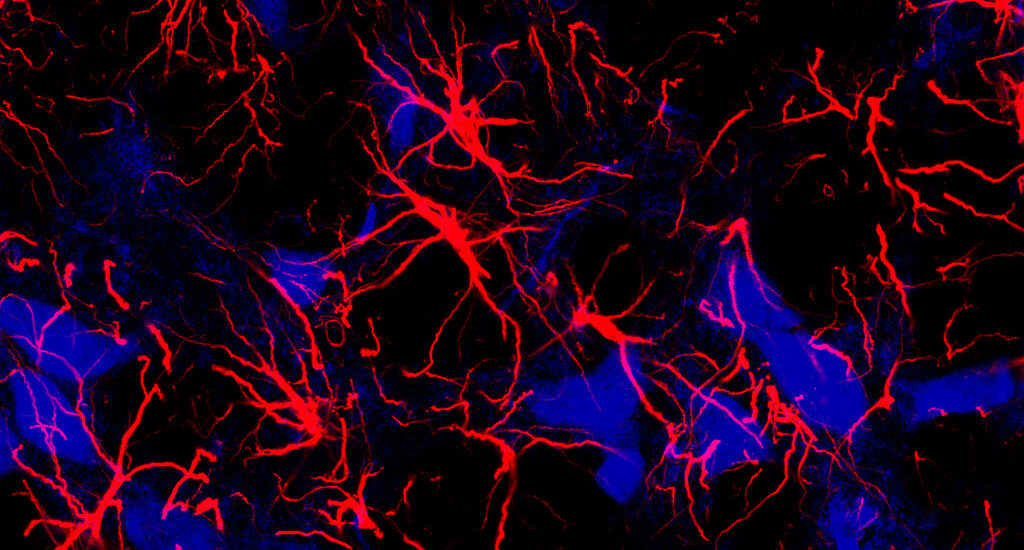Sigma-1 receptor increases intracellular calcium in cultured astrocytes and contributes to mechanical allodynia in a model of neuropathic pain
By Jae-Gyun Choi, Sheu-Ran Choi, Dong-Wook Kang, Jaehyuk Kima, Jin Bong Park, Jang-Hern Lee, and Hyun-Woo Kim
Introduction to the article published in Brain Research Bulletin, Volume 178, January 2022, Pages 69-81 DOI: https://doi.org/10.1016/j.brainresbull.2021.11.010
Autors’ Highlights
- Sigma-1 receptor mediates intracellular calcium in cultured astrocytes.
- Spinal endogenous and exogenous sigma-1 ligands induce pain with GFAP expression.
- Spinal sigma-1 receptor may be important to modulate pathologic pain.
Abstract
Recent studies have revealed that glial sigma-1 receptor (Sig-1R) in the spinal cord may be a critical factor to mediate sensory function. However, the functional role of Sig-1R in astrocyte has not been clearly elucidated. Here, we determined whether Sig-1Rs modulate calcium responses in primary cultured astrocytes and pathological changes in spinal astrocytes, and whether they contribute to pain hypersensitivity in naïve mice and neuropathic pain following chronic constriction injury (CCI) of the sciatic nerve in mice. Sig-1R was expressed in glial fibrillary acidic protein (GFAP)-positive cultured astrocytes. Treatment with the Sig-1R agonist, PRE-084 or neurosteroid dehydroepiandrosterone (DHEA) increased intracellular calcium responses in cultured astrocytes, and this increase was blocked by the pretreatment with the Sig-1R antagonist, BD-1047 or neurosteroid progesterone. Intrathecal administration of PRE-084 or DHEA for 10 days induced mechanical and thermal hypersensitivity and increased the number of Sig-1R-immunostained GFAP-positive cells in the superficial dorsal horn (SDH) region of the spinal cord in naïve mice, and these changes were inhibited by administration with BD-1047 or progesterone. In CCI mice, intrathecal administration of BD-1047 or progesterone at post-operative day 14 suppressed the developed mechanical allodynia and the number of Sig-1R-immunostained GFAP-positive cells that were increased in the SDH region of the spinal cord following CCI of the sciatic nerve. These results demonstrate that Sig-1Rs play an important role in the modulation of intracellular calcium responses in cultured astrocytes and pathological changes in spinal astrocytes and that administration of BD-1047 or progesterone alleviates the Sig-1R-induced pain hypersensitivity and the peripheral nerve injury-induced mechanical allodynia.

